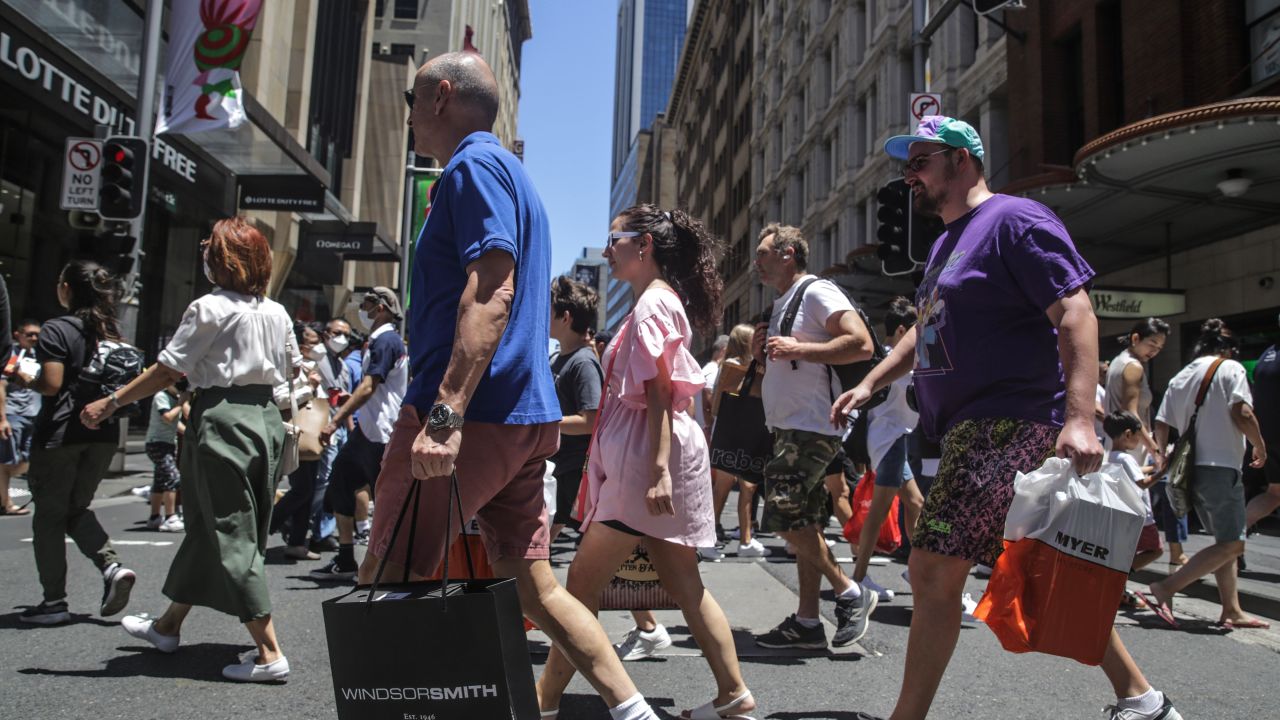Inflation has risen 0.2 per cent in the 12 months to August, according to fresh data from the Australian Bureau of Statistics.
The ABS’ monthly CPI data showed the annual rate rose to 3 per cent in August, up from 2.8 per cent, marking the “highest annual inflation rate since July 2020”, according to head of prices statistics Michelle Marquardt.
The largest contributors were housing which rose by 4.5 per cent, with food and non-alcoholic beverage prices increasing by 3 per cent, and Alcohol and tobacco rising by 6 per cent.
Electricity prices rose by a mammoth 24.6 per cent in the 12 months to August, with the large increase primarily due to state and federal governments energy rebates being phased out and redacted.
Rising electricity costs are also behind surging housing inflation.
“The annual rise in electricity costs is primarily related to households in Queensland, Western Australia and Tasmania having higher out-of-pocket costs in August 2025 than they did in August 2024,” Ms Marquardt.
Inflation has now almost creeped beyond the Reserve Bank of Australia’s target band of between two and three per cent.
Wednesday’s inflation data comes ahead of next week’s interest rate call where the Reserve Bank of Australia is widely expected to hold the cast rate.
Prior to the release of Wednesday’s data, economists were expecting August inflation to come in at 2.9 per cent year-on-year, up from 2.8 per cent in July.
Sky News Business Reporter Ingrid Willinge said the latest data would all but certainly dissuade the Reserve Bank from cutting rates next week.
“Certainly a rate cut for September … does look off the table for now particularly given we have seen continued tick up in this CPI,” she said.
AMP Chief Economist Shane Oliver said while the central bank would not cut the cash rate – currently sitting at 3.6 per cent – it was not the market expectation.
“Yes the reserve bank is not going to be cutting rates in September but that wasn’t the market expectation anyway,” Mr Oliver told Sky News Australia on Wednesday.
“I think they’re moving in a gradual quarterly pace. They will wait until November and these numbers are consistent with the Reserve continuing to cut rates at a gradual pace.”
Inflation spiked to its highest level in a year in July, rising from 1.9 per cent in June and surpassing economist expectations of a jump to 2.3 per cent.
It came as electricity rebates ran dry, causing prices to rise 13.1 per cent in July, compared to a 6.3 per cent drop in June.
The ABS also noted that major contributors to inflation’s rise in July were housing (up 3.6 per cent), food and non-alcoholic beverages (up 3.0 per cent), and alcohol and tobacco (up 6.5 per cent).
While inflation is a crucial factor in the central bank’s call, the RBA has said the board gives much smaller consideration to the monthly indicator, which only analyses two-thirds of the consumer price index, compared to the quarterly figures which examines the full CPI.
The cash rate will likely be held at 3.6 per cent on Tuesday.
The RBA has lowered the rate on three occasions since February after it held the rate at 4.35 per cent for almost a year and a half to limit post-pandemic inflation.
Two Australian banks on Wednesday moved to cut their variable rates before the RBA’s upcoming meeting, with Unity Bank and G & C Mutual recently reducing rates from 5.24 per cent to just 4.99 per cent.
However the rate is only being offered to new home buyers.
RBA governor Michele Bullock warned on Monday that the massive price rises of recent years that have forced millions of Australians to tighten their budgets will not reverse.
“As my colleague Sarah Hunter explained in a fireside chat last week, while inflation has fallen materially, the price level isn’t coming back down,” she said.

